Pulitzer Prize winner Liu Heung Shing is a former foreign correspondent and photojournalist whose postings for the Associated Press took him from Beijing to Los Angeles, New Delhi to Moscow. During that time he photographed major world events from the Soviet military occupation of Afghanistan to civil war in Sri Lanka and China’s burgeoning economic reforms. He was on hand to capture the fall of the USSR, for which he won the Pulitzer for Spot News in 1992.
Based out of Beijing, Liu is the author of the widely acclaimed photographic documentation China After Mao: Seek Truth From Facts and Soviet Union: Collapse of an Empire, as well as being the editor of China, Portrait of a Country, selected by the Sunday Times as the Best Picture Book 2008. In 2010, Liu co-authored Shanghai: A History in Photographs 1842-Today with Karen Smith.
For China in Revolution: The Road to 1911 Liu searched archives and private collections around the world, selecting over 300 photographs – many never before published – divided into six chronological chapters that cover the period from the 1850s, Second Opium War and Warlord Era to the 1930s.
Liu says he approached the subject with an open mind, “with no outline or preoccupations, to just discover, report and learn about the facts as well as a new interpretation of Chinese history.” The intention was to offer deeper insight into what previous generations have described in literature and communal parlance as the ‘Hundred Years of Humiliation.’
“To describe these photographs as conforming to a biased view which saw Chinese people as ‘exotic’ to the exclusion of all else is too simplistic,” Liu argues, saying he deliberately stayed away from photos of famous officials or scholars from the period, because he was “more interested in presenting the daily life of the time.”
The photos themselves are incredible historical records, whittled down from thousands found in archives across the world, painstakingly restored, accompanied by informative captions and punctuated by quotes from philosophers, historians, politicians and princes. The result is an enlightening new look at an engrossing era in China’s past.
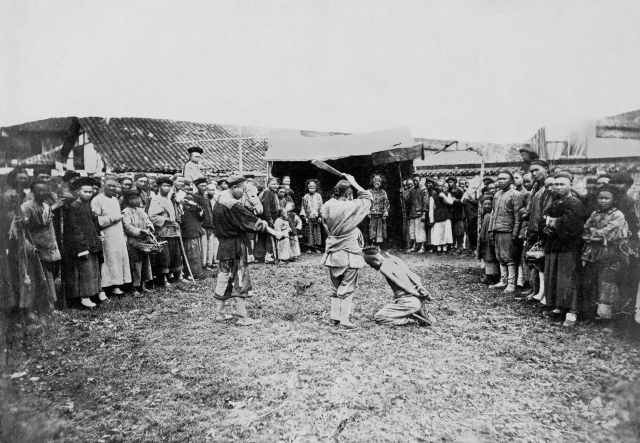
Execution scene, Shanghai, c. 1870.
Decapitation was one of the forms of capital punishment in late imperial China. It was considered less severe since the offender suffered only momentarily. In 1905, decapitation was replaced by execution by firearm in China.
Photo credit: William Saunders, City Archive in Wilhelmshaven, Germany.
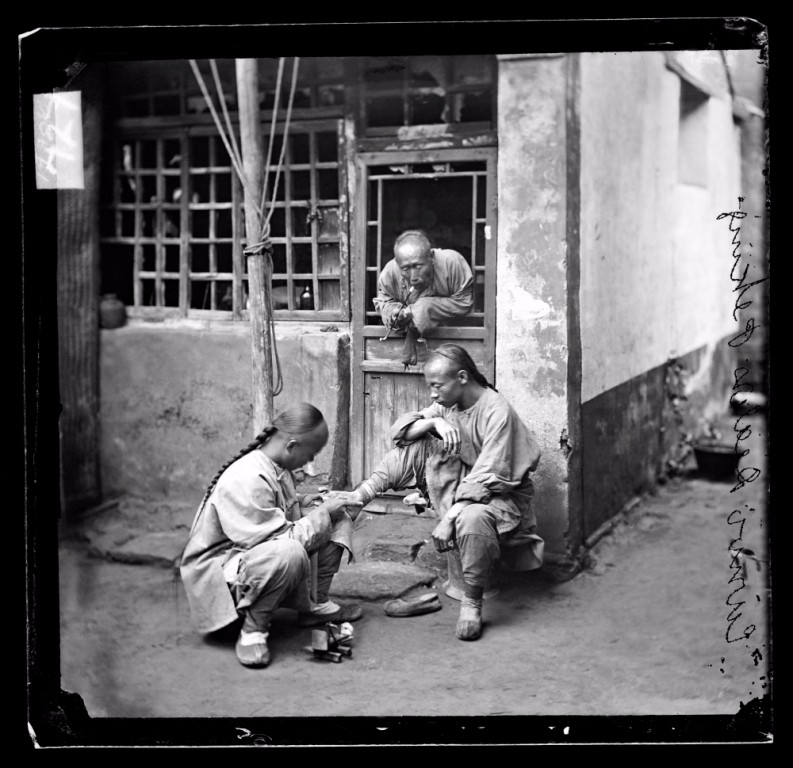
A traveling chiropodist, Beijing, 1869.
Until the advent of modern medicine, most people in China sought help from quack doctors and herbal remedies for their ailments. In the late Qing, the streets of major cities were full of quacks, many of whom also practiced as barbers and ear-cleaners.
Photo credit: John Thomson, Wellcome Library, London, U.K.

Offenders punished with a period of imprisonment in a wooden cangue, China, 1890s.
The cangue was a device used for less severe punishment in Old China. A wooden board of around three feet square and one inch thick was locked around the offender’s neck. The dimensions of the wooden board meant that prisoners were unable to move freely and were deprived of a comfortable sleep.
Photo credit: Photographer Unknown, Jardine Matheson Group Collection.
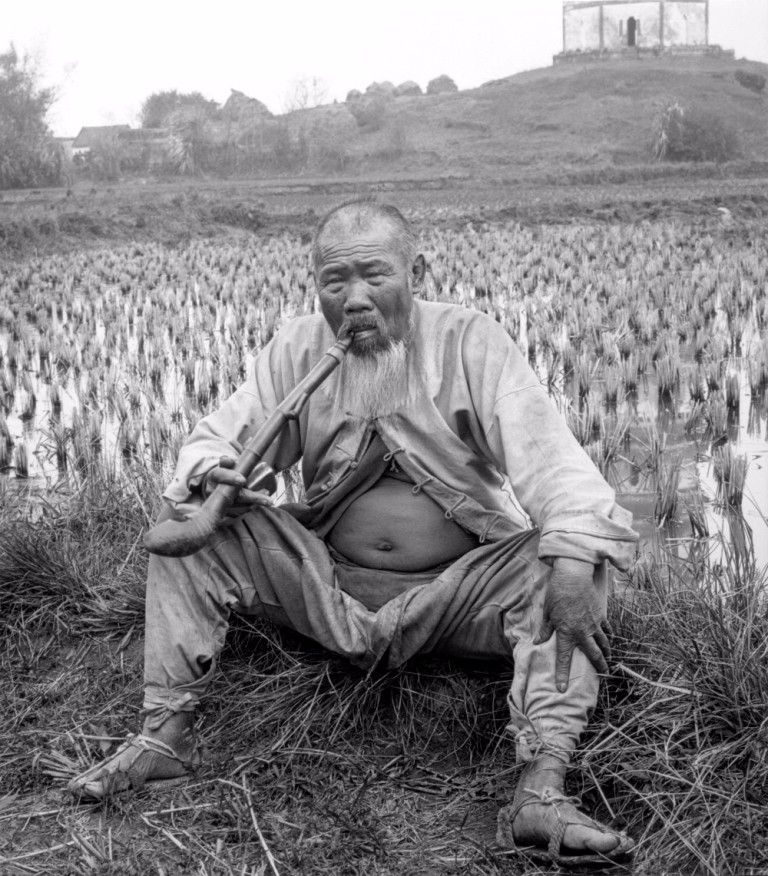
An old farmer sits at the edge of a rice paddy, smoking a long pipe, Guangzhou, 1900.
Traditional Chinese food mainly consisted of rice and wheat. After 1900, the increasing population and pressure on land and food led to the cultivation of other types of crops such as sweet potato and corn.
Photo credit: Photographer Unknown, Archives Center, National Museum of American History, Behring Center, Smithsonian Institution, Washington, U.S.
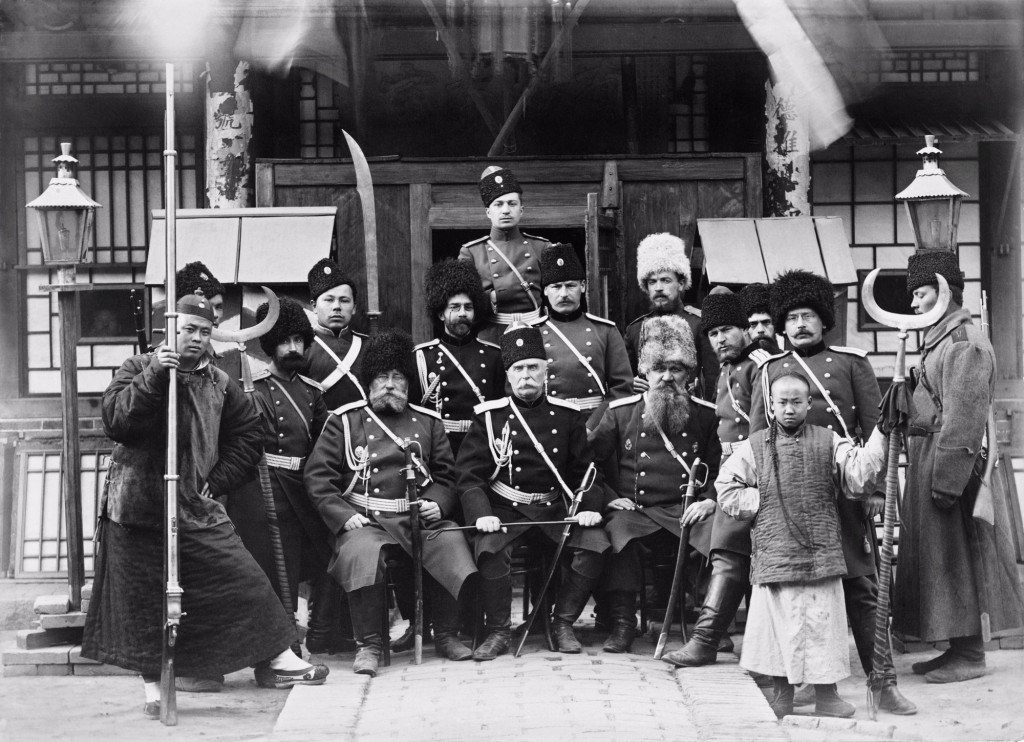
Russian army officers with Chinese boys during the Russo-Japanese War after the occupation of Northeast China, 1904.
Photo credit: Photographer Unknown, The State Library of New South Wales, Sydney, Australia.

Imperial troops drill before the revolution, 1907-1911.
The soldiers in traditional uniform wore their Manchu pigtails coiled around their heads.
Photo credit: Father Leone Nani, Pontifical Institute for Foreign Missions, Milan, Italy.

Forced pigtail cutting, Nanking, December 31, 1911.
A day ahead of Sun Yat-sen taking up office as Provisional President of the Republic of China, military police forcibly chopped off the pigtails of passersby on the streets of Nanjing to symbolize the end of Qing dynasty and the dawn of the Republic.
Photo credit: Photographer Unknown, Qin Feng Studio, Taipei.
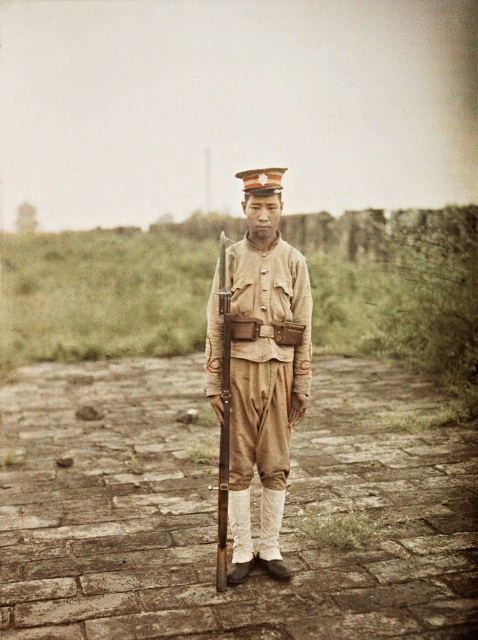
On the city wall, Shenyang, 1912.
A young infantryman wears the uniform of the New Army, or ‘Western Army.’ He has a rifle with a bayonet. In the background is a corner tower or the pavilion of a gate house.
Photo credit: Stéphane Passet, Albert Kahn Museum, France.
To buy a copy of China in Revolution: The Road to 1911, click here.
For more photo essays, click here. For more history stories, click here.
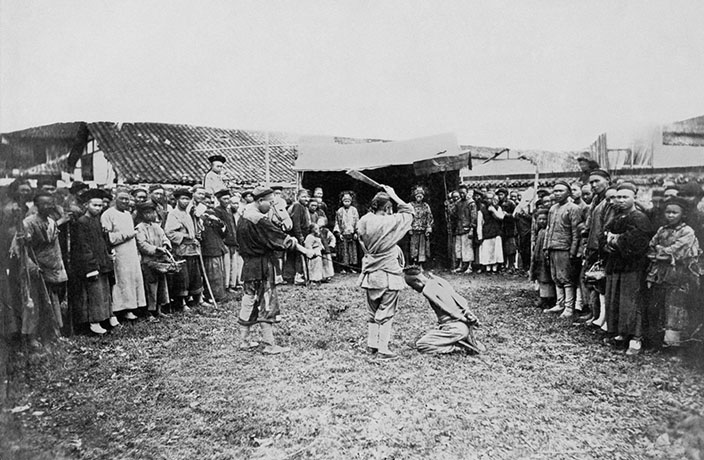




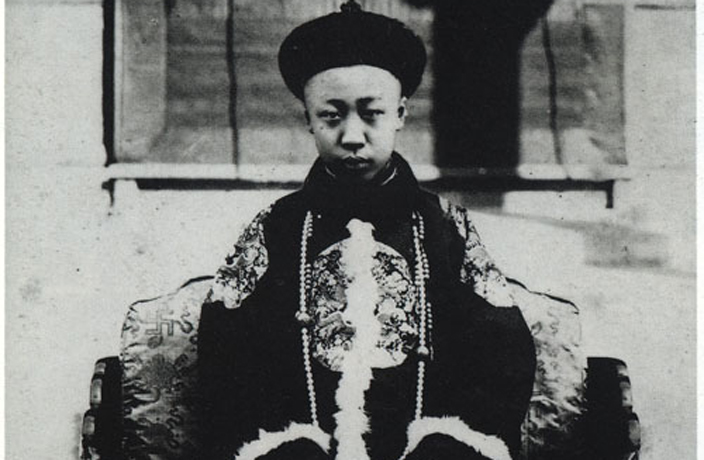

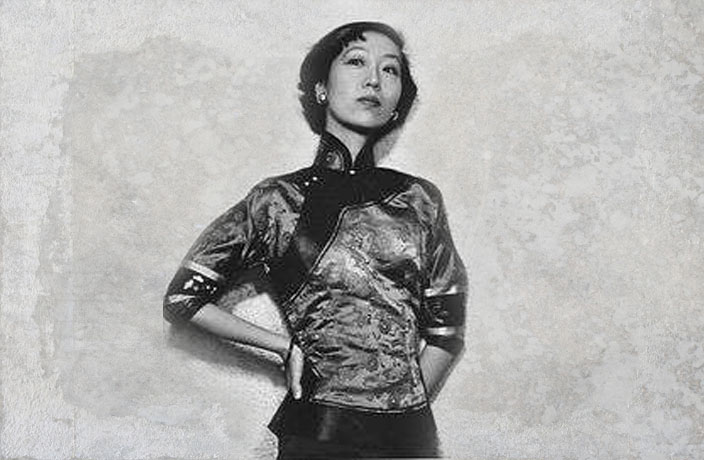













0 User Comments